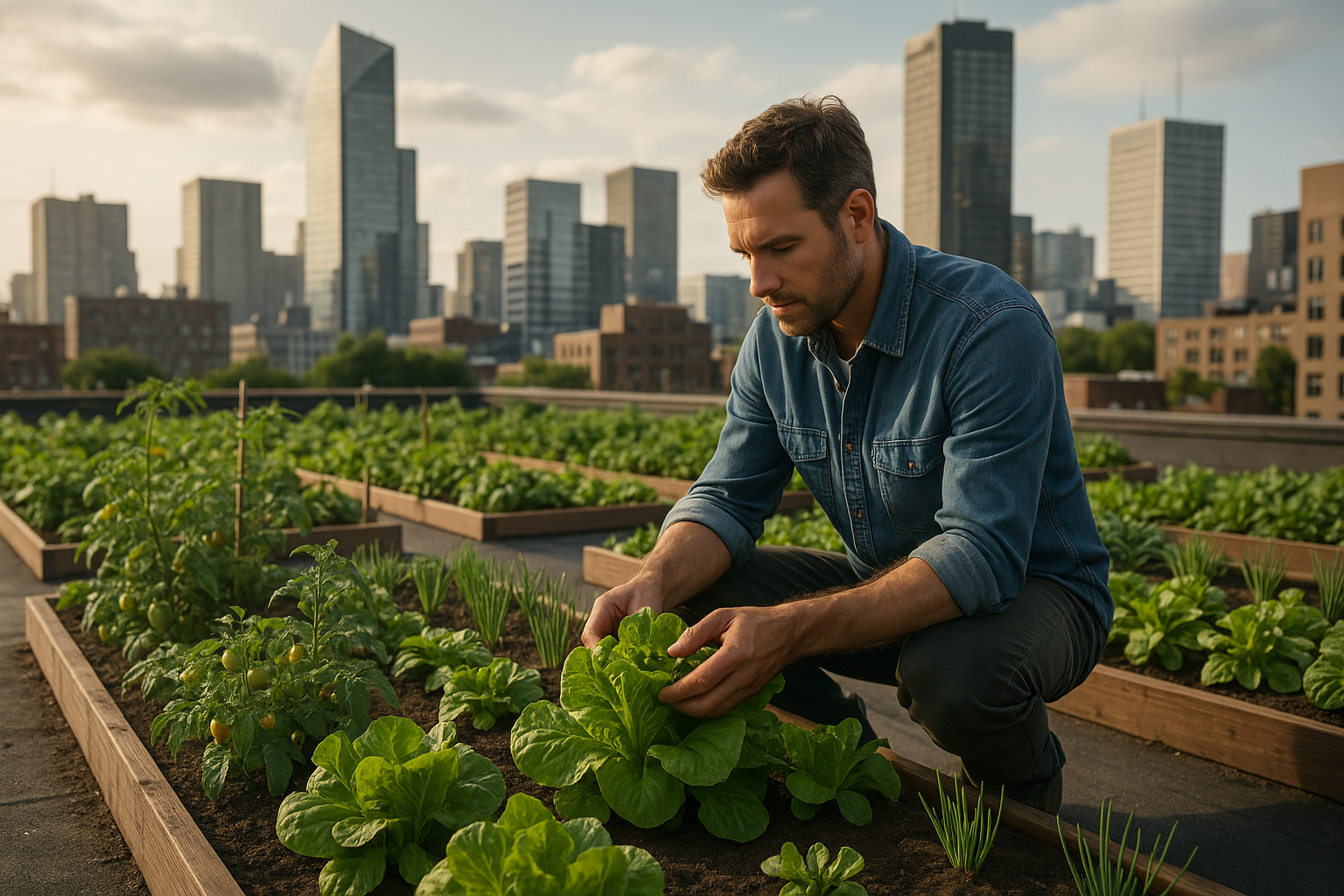The Emergence of Urban Farming: A Green Shift in Modern Society
In a world increasingly concerned about climate change, food security, and the importance of local economies, urban farming emerges as a promising solution. Read below to explore how this green trend is reshaping cities and society. Urban farming is not a new concept. During both World Wars, citizens were encouraged to plant 'victory gardens' in their backyards, public parks, and empty lots to contribute to the war effort by reducing pressure on public food supply. However, with the post-war economic boom and the rise of industrial agriculture, these urban gardens dwindled. Today, as we grapple with environmental challenges and food insecurity, urban farming is seeing a resurgence.

The Green Shift: Modern Urban Farming Trends
Recent years have seen a significant shift towards sustainable and locally sourced food. In response, urban farming has evolved to include rooftop gardens, vertical farming, aquaponics, and community gardens. These initiatives not only provide fresh produce but also contribute to waste management, biodiversity, and community cohesion. The rise of technology also aids this movement, with apps and online platforms connecting urban farmers, sharing knowledge, and selling produce.
The Societal Implications: The Impact of Urban Farming
Urban farming is more than just growing food in cities. It’s a movement that promotes health, self-sufficiency, and community engagement. By bringing agriculture into urban settings, it challenges the traditional separation between rural and urban lifestyles, and fosters a closer connection to our food sources. Moreover, it can play a crucial role in addressing food deserts—urban areas where affordable and nutritious food is scarce.
The Evidence: Research Insights on Urban Farming
Several studies confirm the benefits of urban farming. Research indicates that urban gardens can reduce neighborhood crime, increase property values, and improve mental health. Studies also highlight the potential of urban farming to mitigate climate change by reducing food transportation and increasing green spaces. However, the movement faces challenges, like soil contamination and the need for farming skills, that require further research and policy support.
The Way Forward: Nurturing the Growth of Urban Farming
To realize the full potential of urban farming, cities need to adapt. Zoning laws, urban planning, and public funding can all play significant roles in encouraging this movement. Education and community initiatives can also help equip urban dwellers with the necessary skills and knowledge. Urban farming is not a panacea, but it’s a powerful tool that can help build sustainable, resilient, and healthy cities.
In conclusion, urban farming is a green shift in our society that intertwines environmental sustainability with social wellbeing. It’s a fresh perspective on how we can live in harmony with nature, even in densely populated urban areas. As we continue to face environmental and societal challenges, the growth of urban farming highlights a hopeful path forward.




